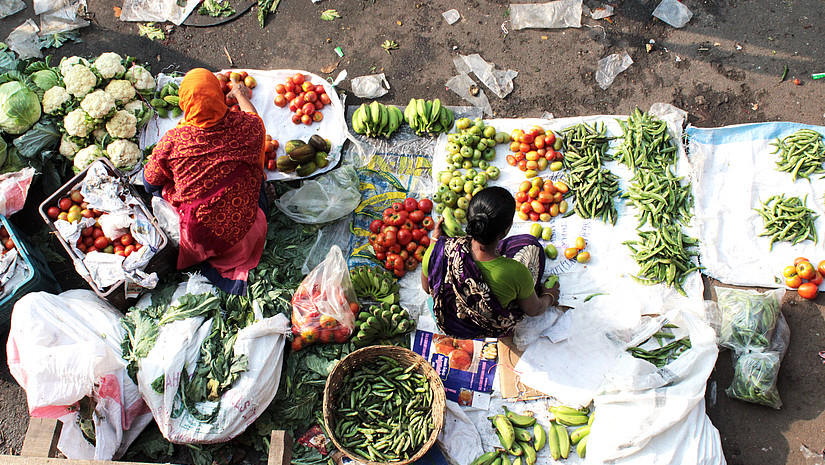Organization of Informal Workers
Abstract
The aim of this project is twofold. First, to evaluate the dimension and characteristics of each country´s urban self-employed and small economic unit sector (a subset of the informal sector) and the different forms of intervention to organize informal workers. The second aim is to compare the national forms of intervention in order to identify common trends in those interventions in order to build a set of policy options that could be put into practice in different geographical or social contexts.
The results of our research should help to design policies and forms of intervention that can tackle the lack of decent work conditions in many activities in developing countries, as these interventions have the purpose of including informal workers in social and labor protection schemes.
The high share of informal (unprotected) workers in the occupational structure of many countries, in particular in urban areas, affects the average income and productivity levels and imposes a number of hardships on workers in these societies. The organization of self-employed workers (for example, home-based workers) and workers in very small scale units have shown to have an impact on the levels of access to social and labor rights that helps to overcome poverty levels and social exclusion. By means of national studies, this project will compare the results of diverse forms of intervention in Latin American countries aimed to organize or formalize the above-mentioned workers, in order to identify common trends and policy recommendations that could help to design policy guidelines that could be applied in other geographical or social contexts.
Outcome
- Identified common trends and policy recommendations that could help to design policy guidelines that could be applied in other geographical or social contexts.

